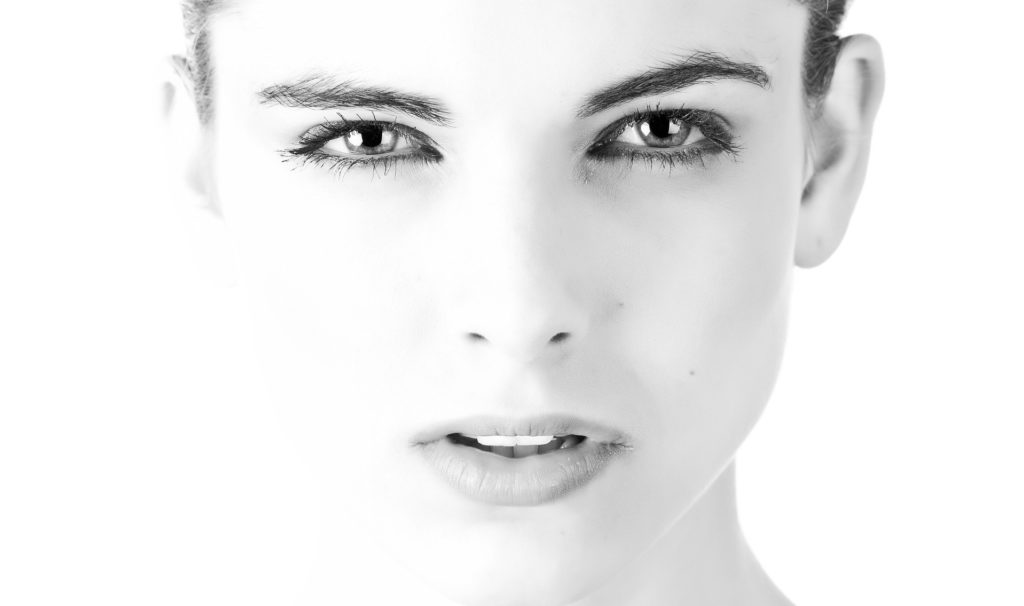Patients receive a lifelike 3D model of their „new“ face
before cosmetic surgery.
A turkish doctor is the first place surgeon in the world to show his patient how they will look after the operation using 3D scans created with the Artec Eva 3D hand scanner. 3D scan are also very helpful in creating processes of 3D configurators.

Before any aesthetic or reconstructive plastic surgery, patients ask themselves the anxious question: „What will I look like?“. The answer lay in the stars for a long time, but today modern technology makes possible what seemed unthinkable until recently: a look into the future.
Dr. Avşar, the founder of the AVSAR Plastic Surgery in Istanbul, creates individual face masks for his patients that anticipate the outcome of the procedure. This advanced approach offers a number of practical advantages: With the 3D model, patients have an object at their fingertips that literally „grasps“ the result of the operation. This helps them to realistically assess the possibilities and limits of an intervention. Doctors also benefit from the mask, which serves as a three-dimensional reference tool.
In addition to the high-precision image processing solutions of the Artec 3D scanners. Dr. Avşar uses additive manufacturing processes. The combination enables him to present his patients with a model that illustrates the surgical results after a very short time. According to Dr. Avşar the 3D masks are very well received: „For many patients a dream comes true. Until now it has simply been impossible to give them a precise idea of what they would like after the operation. But with the realistic three-dimensional mask, which they can hold in their hands and look at from all sides, they understand how their face changes as a result of the procedure. The technique is a great help to the patients.“
The doctors also benefit enormously from this procedure. 3D scanning has revolutionized the way Dr. Avşars work. Even before he used the Artec Eva 3D hand scanner, he designed the masks himself – but by hand. A tedious job, which cost Dr. Avşar valuable time – In addition, the handmade models often lacked such important details as colour and texture that they did not appear very realistic. The production of such masks is a craft of its own. Even though Dr. Avşar mastered this art masterfully, he was first and foremost a surgeon – and with a tight schedule. It was obvious that something had to change.
When Dr. Avşar attended an Artec Gold partner Teknodizayn 3D scanning and 3D printing demonstration, he immediately knew he had found the solution to his problem: the prototypes would be perfect as before/after models. Finally, he was able to create realistic masks that helped his patients make informed decisions. And this techniques would allow surgeons to concertrate more on their actual craft again.
Dr. Avşar experimented with various 3D scanning and printing options. İnitially, he used powder-based processes, but then switched to Mcor Technologies 3D paper printers for better color properties. The low operating costs and the high environmental friendliness of the devices also convinced him. „We make sure we use ecological, high-quality and economical 3D printers,“ he explains.
Since the implementation of the Artec 3D scanner and the Mcore 3D printer, Dr. Avşar produces up to 20 individual masks per month. This high number is made possible not least by the 3D scanner Artec Eva, which captures numerous visual details within seconds.
The handling of the 3D scanners from Artec is uncomplicated. In general, this type of equipment is becoming increasingly user-friendly – a principle that Artec 3D has attached great importance to right from the start. A 3D scan of the head is not particularly complex. It is sufficient to observe a few basic points in order to produce similarly perfect images as Dr. Avşar.
Always start with the face. A single scan is sufficient: Since it is almost impossible to keep the same facial expression for a long time, conflicts can occur with several shots. Make sure that you always grasp shoulders or back. They serve as reference points for the individual optical impressions and can be removed later in edit mode. Finally, the head is scanned from above. If the image appears slightly out-of-round, you can select the „Geometry“ setting for the „Fine registration“ algorithm. The options „Fine registration“ create a digital image of the head. Finally, select „Fusion“ to render the image.
For those who prefer an even simpler method, we recommend the „Geometry + Texture“ option. It simplifies and accelerates the scanning process. After a very short time you can send the images to the 3D printer of your choice.
By using modern 3D scanners it is now possible to do what used to take weeks or months with a single visit to the doctor. Finally, patients considering cosmetic or reconstructive surgery can „understand“ the outcome of their operation in the truest sense of the world.